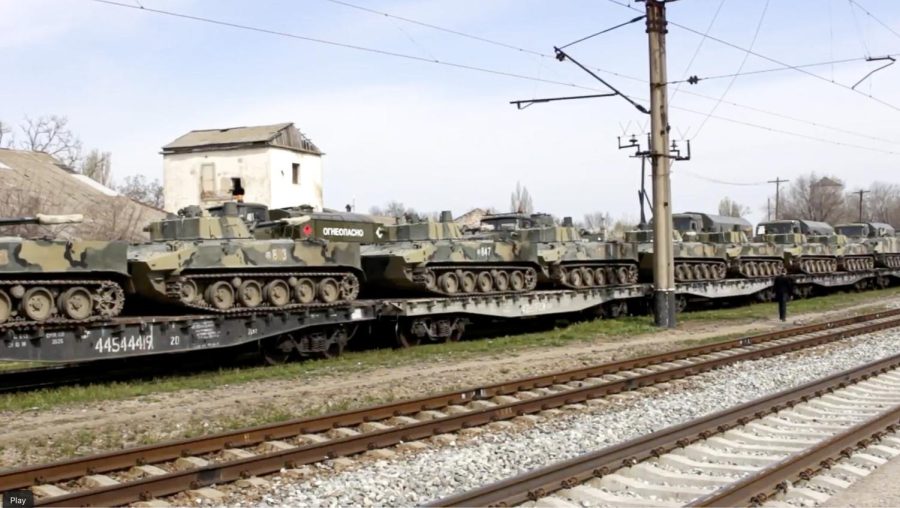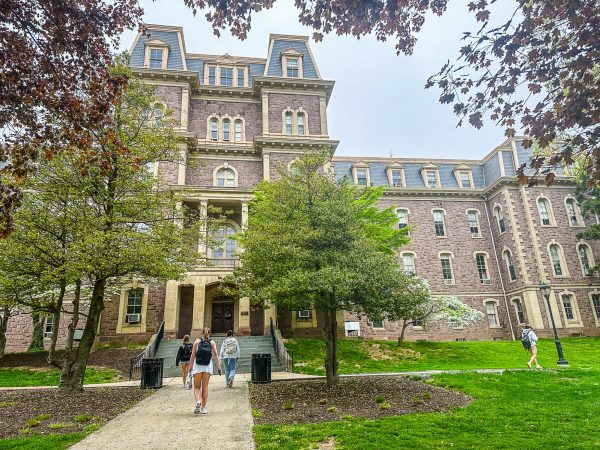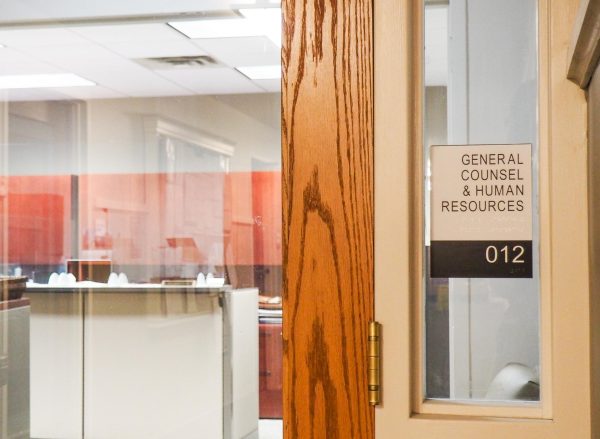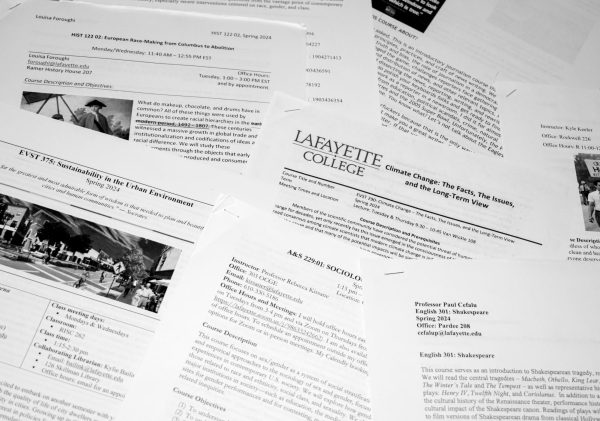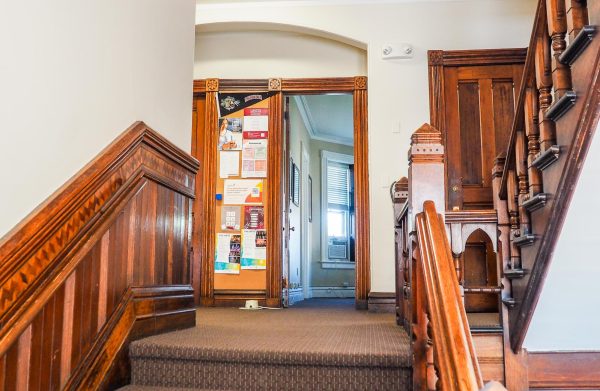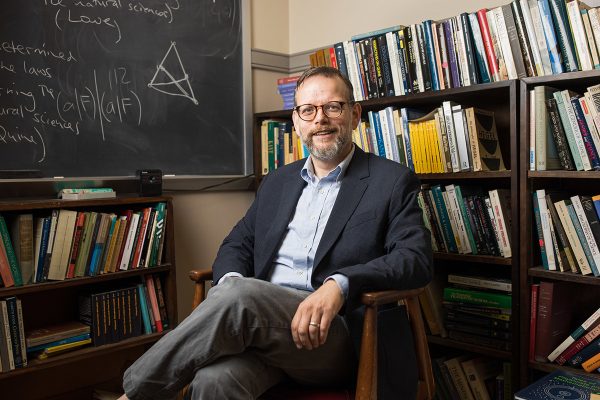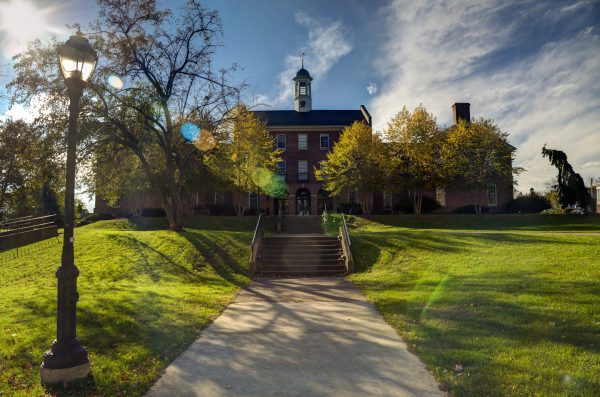Professors Joshua Sanborn and Katalin Fabian discuss the current Russia-Ukraine tension
The Kremlin has moved troops to its border with Ukraine while demanding, among other things, that Ukraine not join NATO. (Photo courtesy of the Associated Press)
January 28, 2022
Tensions between Russia and the West have peaked in recent months as Russia has amassed over 100,000 troops on its border with Ukraine, raising fears of an imminent invasion. While the opposing parties have met for diplomatic talks, it is unclear whether the tension will settle peacefully.
The cause of Russia’s current aggression can be traced to a broken promise over the North Atlantic Treaty Organization’s (NATO) expansion into Eastern Europe, according to the National Security Archive at George Washington University. When the Soviet Union was in the process of disbanding, Mikhail Gorbachev, the Soviet leader, was under the impression from conversations with Secretary of States James Baker III that NATO would not continue to expand eastward towards Russia.
This “gentleman’s agreement” was broken as NATO expanded eastward in the 1990s and 2000s, adding to the tense conditions and mistrust that have characterized relations between Russia and the West for decades.
Sanborn explained that this is not the first time Russia has taken aggressive action toward Ukraine.
“In 2014 there was a political upheaval in Ukraine that pushed out a pro-Russian president,” Sanborn said. “That was taken by Putin and his administration to be supported by, if not orchestrated by, the United States or other NATO powers.”
Sanborn explained that Russia responded by forcefully annexing Crimea in 2014, with a “low-level war” ongoing since. Despite two attempts at peace agreements, Russia has continued to inch toward a full-blown invasion.
“Starting a couple of months ago, Russia started moving more and more military equipment to the Ukrainian border,” Sanborn said. “This was noticed by the Ukrainians but also by the rest of the world and you started to get warning signals coming out of major powers, including the United States, saying that Russia is mobilizing.”
Sanborn noted that the fundamental issue behind Russia’s aggression is a distrust of NATO and a desire to maintain national security.
“What is clear both from the last 30 years of Russian foreign policy…is that NATO represents a security threat to Russia. The more it expands, the closer it gets to Russia, the more dangerous that is for Russia,” Sanborn said. “One of their main security goals is to end that situation, push NATO back, weaken NATO in some way, make it clear that NATO can’t use its force to threaten Russia’s security.”
Sanborn added that the Russian fear over NATO is not unfounded, and if Ukraine were to join, it could be a large detriment to the Russian political society.
“NATO is the largest, most powerful military alliance in world history, it was founded to oppose the Soviet Union…From Russia’s perspective, this is an anti-Russian alliance and they have perfectly legitimate reasons to believe that,” Sanborn said. “The most powerful alliance in world history is aimed against you and it is expanding towards your borders including Ukraine…clearly their number one goal is to ensure that NATO stops expanding and certainly that Ukraine never becomes part of NATO.”
According to Sanborn, Russia believes that it has been constantly victimized by the international community.
“The way that is portrayed in Russia is that the rest of the world has had a history of being hostile to Russia and a history of invading Russia, most notably in the Napoleonic Wars, but especially World War II,” Sanborn said. “This is a fundamental part of every child’s education, every adult’s upbringing… It is something that gets ingrained in you through the educational system and through everything you’re hearing on TV.”
Sanborn noted that Russia has one central goal in mind: stop NATO from expanding its presence in Eastern Europe.
“Their main goal is to not have NATO be as close to the border as they already are and certainly never to allow Ukraine and Georgia to join. They’re trying to say as clearly as possible that Ukraine can’t join NATO.”
In 2008, Russia invaded the separatist regions of Georgia, a key catalyst of which was the 2008 Bucharest Summit, at which the alliance promised that Ukraine and Georgia would one day become a part of NATO.
The future seems uncertain, according to Sanborn, who said that a likely outcome is that Russia will seek negotiations with western powers over NATO.
“Everybody realizes that military force is an option that’s on the table and so it is a very serious threat. What the United States and Britain say their intelligence agencies are finding leads one to think that they think the invasion is imminent… They were sending out emails telling American citizens to leave Ukraine.”
However, this opinion is not one that is necessarily shared by Fabian, who believes that the mass amounts of troops are more of a negotiation tactic.
“My interpretation is that this is posturing, but it’s a very, very calculated posturing,” Fabian said. “I think somewhere there will be an attack, but not the type of attack where we can see the satellite images of 100,000 people on the border.”
On Jan. 14, about seventy Ukrainian government websites were temporarily down as a result of what the Ukrainian government believes was a Russian cyberattack, according to Reuters.
“My guess would be that this is going some other way, like either a cyber-attack somewhere,” Fabian said.
Sanborn and Fabian will be hosting a talk on Wednesday, Feb. 2, entitled “Threats of War: Russia, Ukraine, and NATO in Crisis.” The in-person event will take place in Hugel 103, while remote attendees can register to receive a Zoom link.
Emma Chen ’24 and Trebor Maitin ’24 contributed reporting



































































































